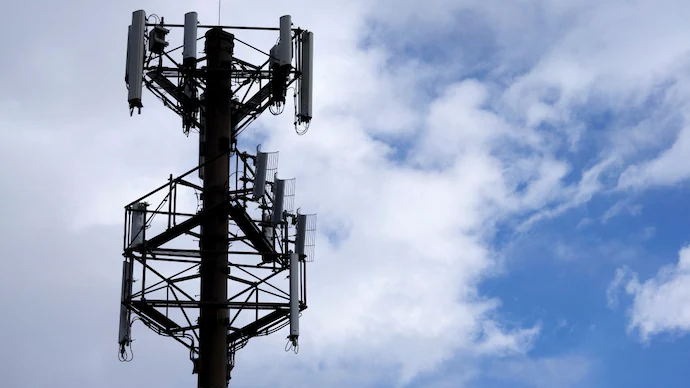Free Courses Sale ends Soon, Get It Now


Free Courses Sale ends Soon, Get It Now



Copyright infringement not intended
Picture Courtesy: www.indiatoday.in
Context: The Telecommunications Bill of 2023 was introduced in the Lok Sabha.
Details
Telecommunications Bill of 2023
Key provisions of the bill include:
Conclusion
Must Read Articles:
TELECOM SECTOR: https://www.iasgyan.in/daily-current-affairs/telecom-sector
|
PRACTICE QUESTION Q. What are the key regulatory changes proposed in the Telecommunications Bill of 2023, and how might these alterations impact the operations and landscape of the telecom sector in India? |
© 2024 iasgyan. All right reserved